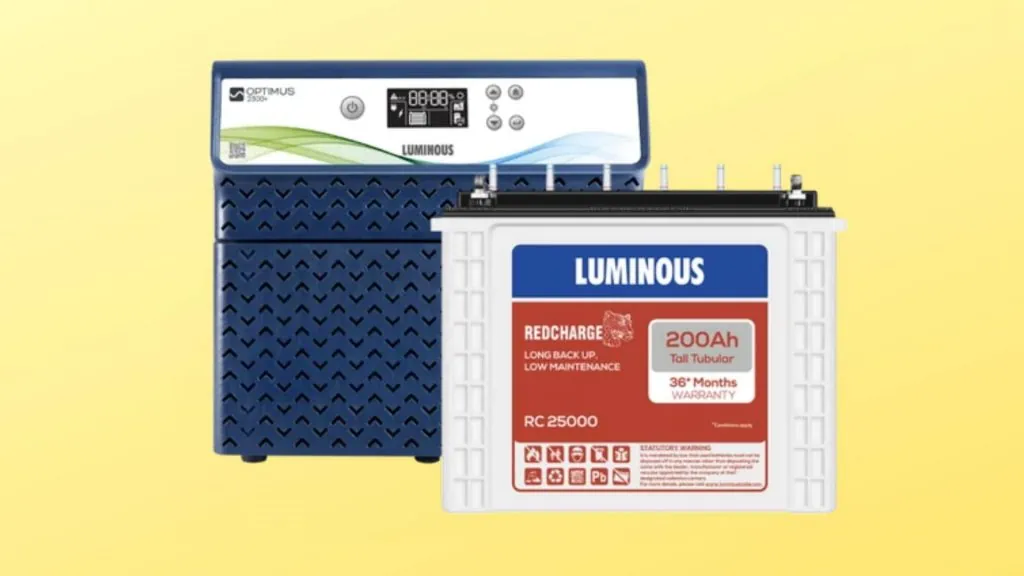Planning to buy a power backup solution requires extensive research and comparison. To stay protected during frequent power cuts, you need to get the best inverter and inverter battery for your home.
Before selecting an inverter system for any application, it is crucial to understand the load needs and consumption, as is the case with every battery system. Doing this ensures that you pick an inverter system with sufficient battery capacity and energy to satisfy the needs of the intended application.
Here is the step-by-step guide that you must follow to understand the inverter battery capacity and buy the best one for yourself. Keep scrolling through to know the details.
Power Backup Solution Guide
Step 1: Identify your Power Requirements
Before buying an inverter battery to power the electrical appliances of your home during uncertain power outages, the first step is for you to identify your power requirements. You must list down all the electrical appliances that you want to run during the power failure. It can consist of appliances like fans, lights, television, etc. The power requirement is the sum total of power consumed by various electrical appliances.
Finding the appropriate power requirement will help you get your hands on the best and most long-lasting inverter battery.
Step 2: Check the VA Rating of your Inverter
VA refers to the Volt Ampere rating. It specifies the voltage and current that is supplied by the inverter to the electrical equipment to power them. Most inverters operate with 60 to 80% of efficiency, which is called the power factor and is depicted by the ratio of power required by electrical appliances to the power supplied by an inverter. However, 100% efficiency is an ideal condition that generally does not exist at all.
VA rating of an inverter is calculated by the below-mentioned formula:
Power requirement in watts/ power factor offered by inverter
Step 3: Know the Battery your Inverter Needs
An inverter battery is the backbone of your power backup system. The performance of the power system and its life entirely depends on the quality of the inverter battery. The battery capacity determines the backup hour it can supply and is expressed in AH (Ampere Hours).
The capacity of the inverter battery is calculated by the following below-mentioned formula:
(Power requirement (in watts) * Backup hours (in hrs.)) / Battery Voltage (in volts)
Step 4: Understand Different Battery Types
A battery should not be discharged to zero during each discharge cycle because this will eventually harm the gadget. The depth of discharge (DOD) of the majority of batteries shows how much of the battery should be discharged about its total capacity.
For instance, to avoid damage and increase the life cycle, lead-acid batteries should only be discharged to around 50% of their charge throughout each cycle. Lithium-ion batteries, in contrast, have a DOD that ranges from 80% to 95%.
You must understand the type of inverter battery before buying. Even though inverter batteries come in a variety of shapes and sizes, the precise capacity value determined by calculations may not be readily available in the market. You are therefore suggested to choose a battery that is easily accessible on the market and has a capacity closer to your calculation (preferably higher).
We advise you to get a new inverter battery with the highest guarantee and Ah rating. Technology and physical size must also be taken into account.









